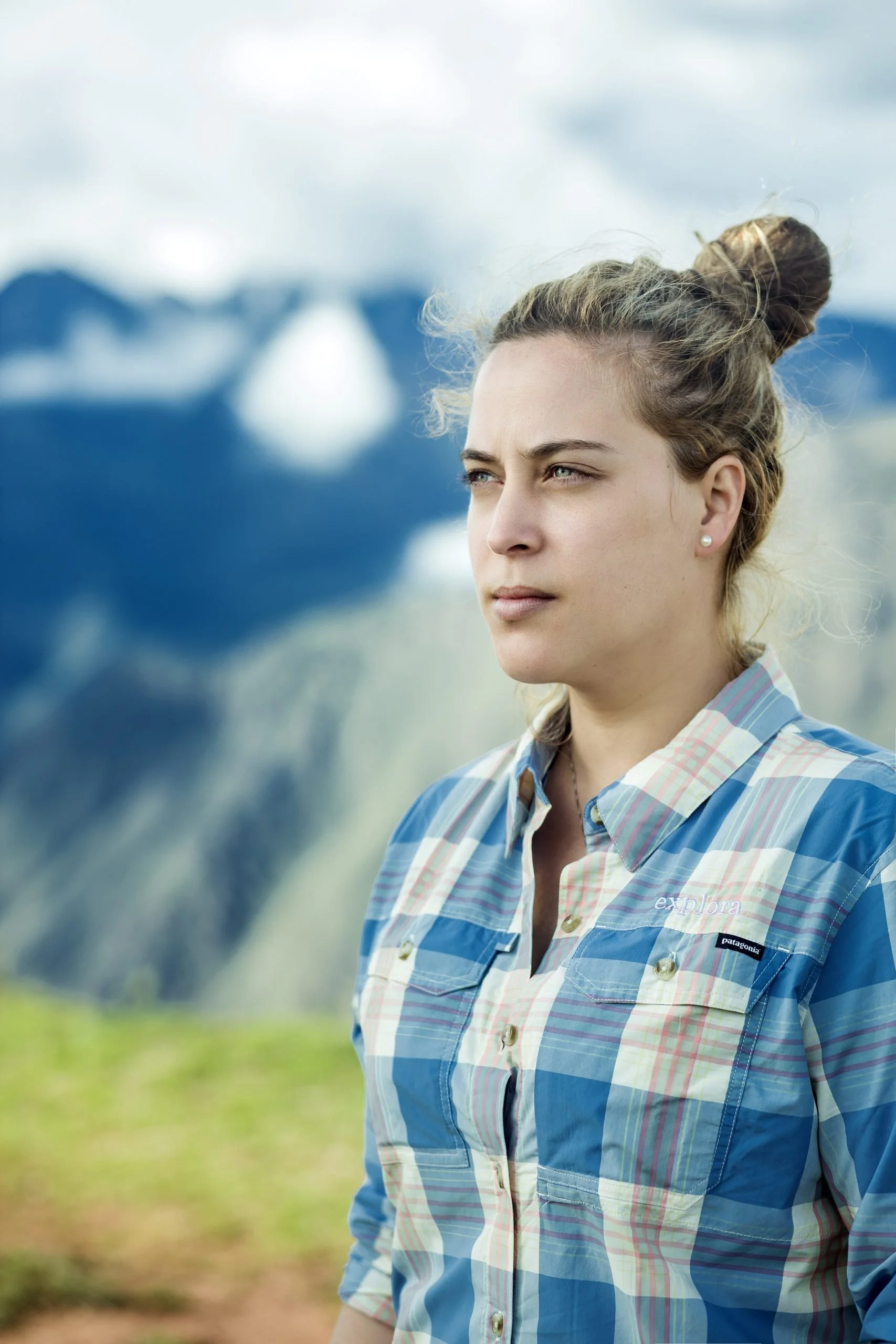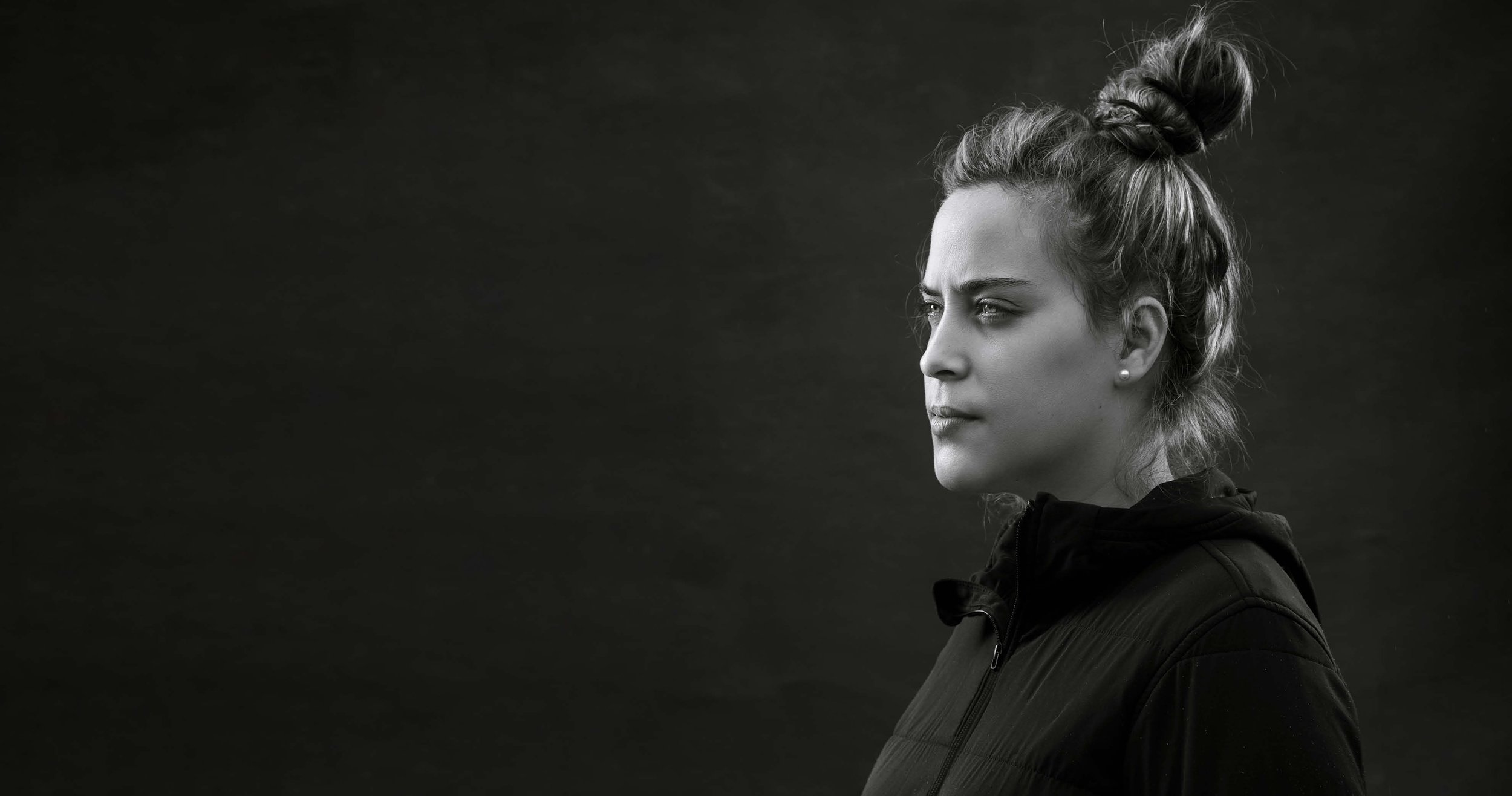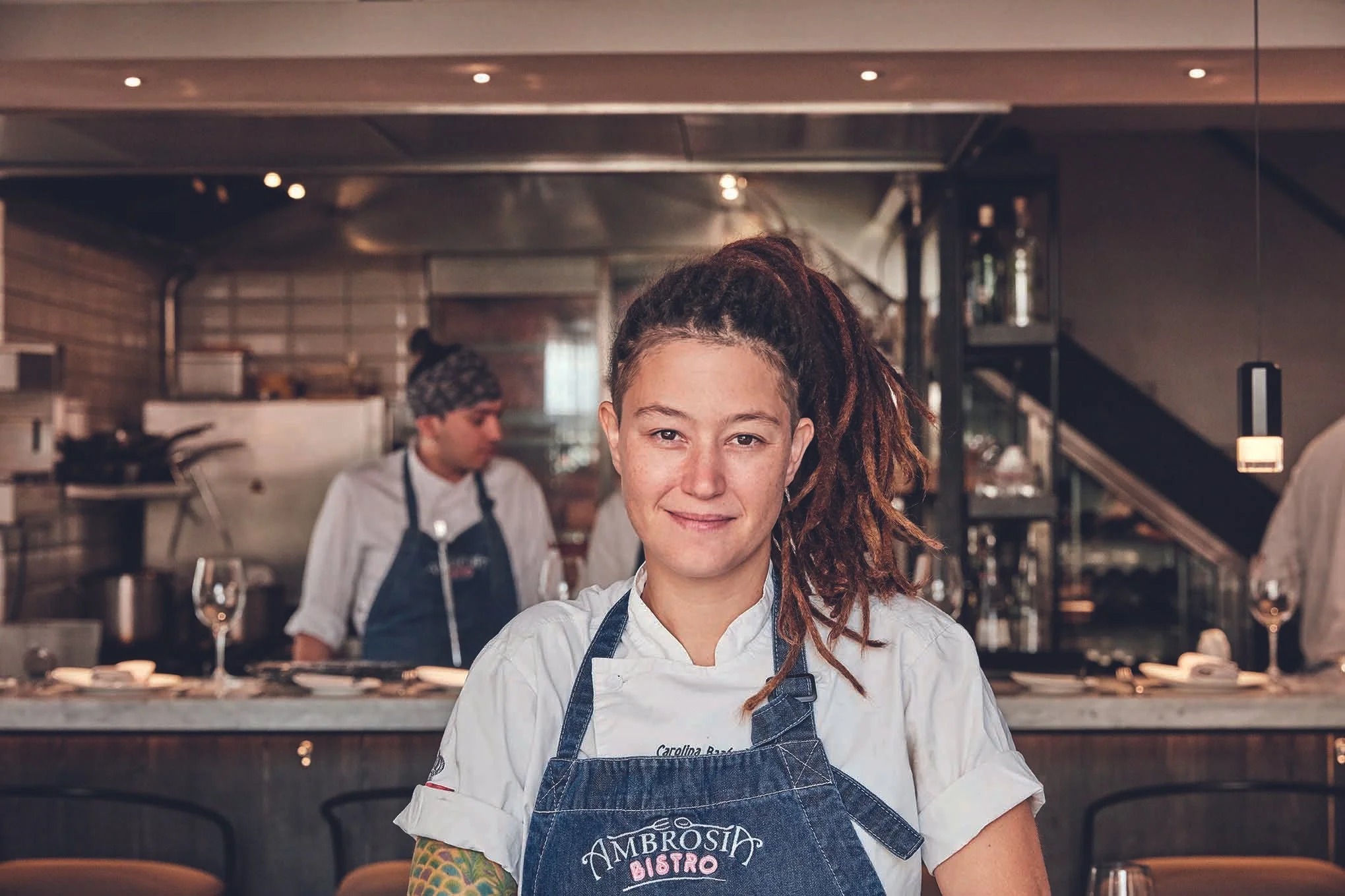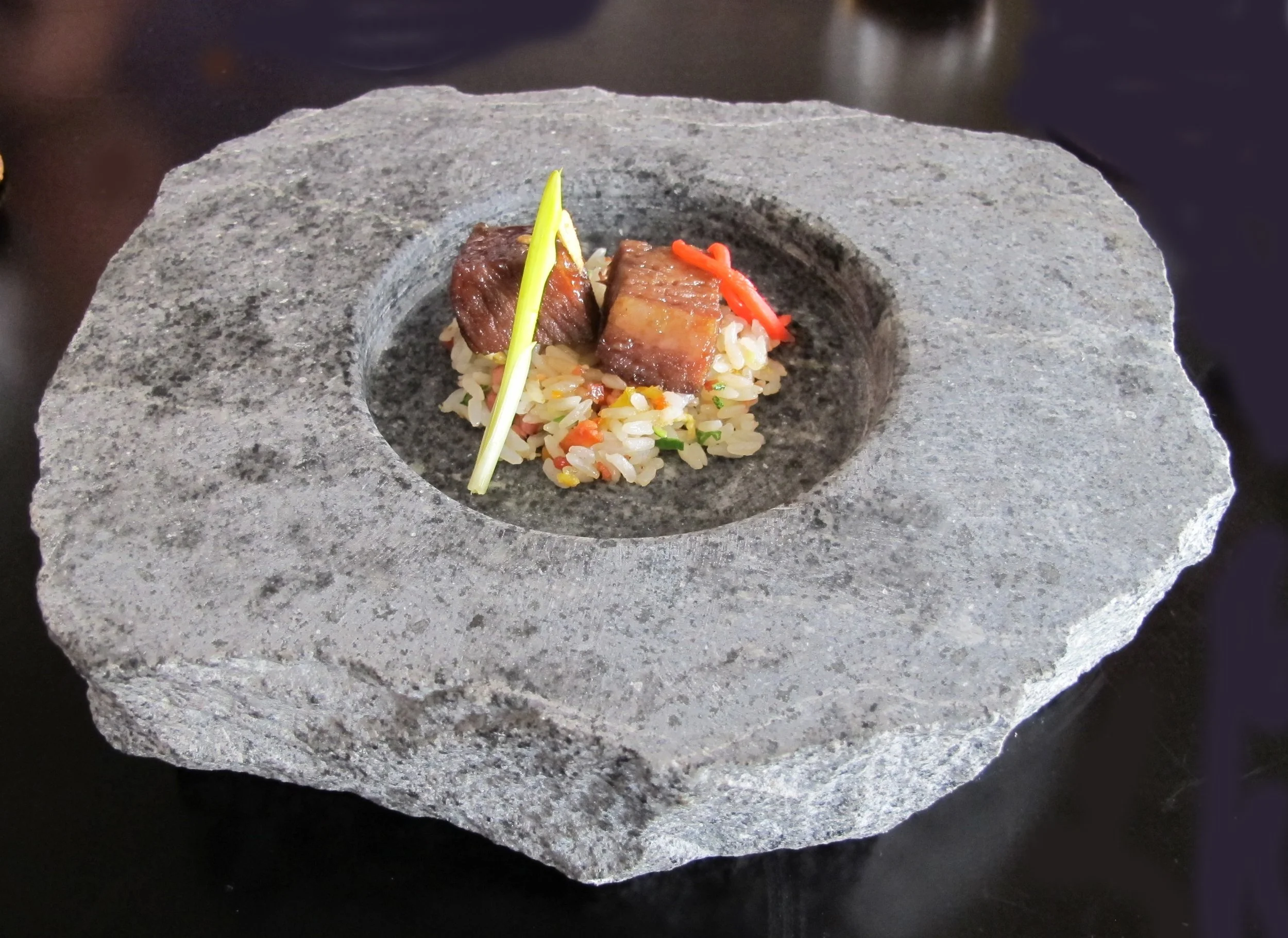In profile: Chef Pia León
After a year to remember, the Peruvian chef – named the world’s best female chef in 2021– tells Nicholas Gilman about her journey to the top and the story of her country’s gastronomy
Chef Pia León
Pía Léon´s plate is full. Running a relatively new restaurant that barely survived a three-month closure, as well as managing projects in other cities and countries, could weigh heavily on the shoulders of a less savvy maestra of the kitchen. But León, Peru’s first female star chef, and one of a handful of women to have “made it big” in Latin America’s male-oriented foodie world, carries the potential burden with aplomb.
Having worked with chef Virgilio Martínez, her business – and life–partner, at his renowned restaurant Central, León then took over as head chef, and now has her own venue, Kjolle (pronounced Koy). She’s also overseeing the openings of new restaurants in Cusco, Tokyo and Moscow. And she just garnered a prestigious award from the World’s 50 Best Restaurants organization: World’s Best Female Chef of 2021. She’s on a roll.
Chatting with her recently by Zoom from her home in Lima, Peru’s capital, I detected an undercurrent of anticipatory excitement. After a year of pandemic-related frustration, she and Martínez are back on track, determined to finally bring their various projects to fruition.
Peru sets the table
In recent years, Peru has been enjoying a gastronomic boom. Its culinary traditions include indigenous influences, as well as impact from Spanish, Japanese and Chinese immigrants. Peruvian cooking is becoming known around the world, and Lima is now a culinary tourism destination. Street and market foods are unparalleled, comparable in scope and quality to those of Mexico or Thailand. Creative chefs such as Gastón Acurio, Mitsuharu Tsumura, James Berckemeyer, Renzo Garibaldi, Léon and Martínez all helped put Lima on every gastronome’s list. Acurio in particular has made it his mission to share and promote Peruvian cuisine with the world, opening venues in the US, Spain, Mexico and beyond. León and Martínez will soon follow suit.
Peruvian cuisine is unique in its mix of regional indigenous ingredients (myriad varieties of potatoes, quinoa, greens, fish both from the sea and Amazon), with French and Spanish cooking techniques. There are creamy chicken stews like ají de gallina, stove-top rice dishes like arroz con pato (duck with green rice) and asado de carne (barbecue grilled and smoked in steel drums) to name a few.
There is the influence of Asia: the Japanese community in Peru is the largest outside Japan – Peruvian ceviches are first cousins to Japanese preparations of raw fish – unique in Latin American cooking. And there is the Chinese influence: every Peruvian from a very young age, has eaten chifa (Peru’s name for simple, westernized Chinese cooking) There seems to be a chifa restaurant on every corner, serving up mountains of aeropuerto, (smoky fried rice and noodles with an assortment of meats or fish), so named because “everything lands there.”
A chef from the get-go
Maria Pía León (she later dropped Maria) was born in Lima in 1986. She describes her family life as happy, centered around meals and cooking. “We ate typical Peruvian home food, a mix of European, Chinese and Japanese-influenced dishes,” she recalls. Fascinated with cooking as far back as she can remember, she loved helping her mother and grandmother cook and bake: “We all enjoyed being in the kitchen, sharing meals; I always wanted to be a chef,” she says.
She began her studies at the Le Cordon Bleu in Lima. At that time, most Peruvians looked to Europe for culinary excellence, ignoring the vast riches of their own country. Much like in Mexico and other Latin American countries; everything thought to be “good” was Spanish or French. There were decent chefs in Peru before, she points out, “but it was Gastón who was the great inspiration to all of us – he opened our eyes. And those of the world. We Peruvians had long ignored what we have: unique produce and distinctive cooking techniques. I had to travel outside the country to fully appreciate what is so special about what we have. I believe that today we have turned history around and put that value on a lot of things at home.”
León is particularly attracted to Nikkei – the fusion of Japanese and Peruvian cuisine as brought to the fore by the renowned chef Mitsuharu ‘Micha’ Tsumura, of Lima’s Maido. A few years ago, she traveled to Japan and was surprised by the simplicity, yet sophistication of its cooking. It is obvious that she has incorporated this philosophy into her menu at Kjolle.
She began her professional career at El Celler de Can Roca in Girona, Spain and Astrid y Gastón in her home town, eventually landing a gig in Central, Martínez’ award-winning venue for inspired Peruvian cooking – she was the only woman in the kitchen. From the beginning, Virgilio’s work caught her attention. He was a cook who had lived and worked abroad, bringing back contemporary cooking concepts and techniques. It was something that generated a change within Peruvian gastronomy. She fondly recalls: “In Central I learned a lot, not only to manage a kitchen, but also to generate the curiosity to investigate.”
Both of them support Mater Iniciativa, a program run by Malena Martínez, Virgilio’s sister, dedicated to exploring Peru from the coast to the Amazon to the Andes in order to discover, and sometimes rescue, indigenous materia prima, incorporating these extraordinary products into their dishes.
A place of her own
León ran the kitchen of Central for over 10 years. Then, in 2018 she opened Kjolle. Kjolle and Central are two sides of the same coin: both explore the diversity of Peruvian gastronomy.
The Central experience, with its fine-dining atmosphere and fixed-format menu featuring geography, ecosystem and biodiversity, is conceptual, heady, almost academic. Eating a meal there is like attending a chamber music concert where one is asked to pay close, silent attention – it is gratifying, but not particularly relaxed dining.
Kjolle, whose name refers to an Andean golden-flowered shrub, on the other hand, is casual but provides an equally illuminating experience. The dishes are simple, presenting familiar ingredients, then incorporating surprising indigenous products from all over the country, many that probably have never appeared on a “fine-dining” table. “Kjolle and Central share the same philosophy because we both look for biodiversity, but at Kjolle we focus on the product, not the altitude or the ecosystem,” she explains. “We have a simple menu; four or five ingredients per dish maximum, where we seek to highlight the importance of the product. Yes, we do like the surprise element.”
The best of the best
Asked about being recognized with the World’s Best Female Chef award, León speaks about the term “Best Female Chef” as opposed to simply a “Best Chef” award. “Everyone wonders why it continues to exist, but I think it is still necessary. It’s a way to make women’s work visible,” she says. “I see it firsthand: most people in a kitchen are still men. I have nothing against that. The cooks are my friends, they are my brothers, and I feel like one of them – but they’re still mostly men. So this type of recognition might motivate girls who might be put off, to see that it is possible, that it can be done. Of course, I hope that someday it will not be necessary, that women and men will be recognized equally.”
Business has been good for León and Martínez in recent months; they are back on track. When the pandemic hit, their biggest concern was supporting the 80 people who depend on them for their livelihood. Because government regulations were constantly changing, they had to make quick decisions.
“I learned a lot about administration during this past year and a half,” she says. “We were closed for about three months, and from there we decided to do delivery, something we’d never done before. First, we offered prepared dishes to finish at home, then we started offering more accessible things, such as sandwiches, to attract the local customer, the kind who is not accustomed to fine dining. Before, our customers were people from outside the neighborhood, and many foreigners. I believe our response to the crisis was good, it helped us to connect to our community. We’ve learned a lot.”
On reflection, she sees she has benefited from living through the pandemic. “Going through this trying time, struggling to survive, knowing that so many people depend on us, I learned that without a team one does not grow or move. The team is so very important. In the end we are a family.”
*This article is reprinted from the spring 2022 issue of Foodservice Consultant Magazine
*color photo courtesy Sorrel Mosely-Williams, b&w photo courtesy Pia León






